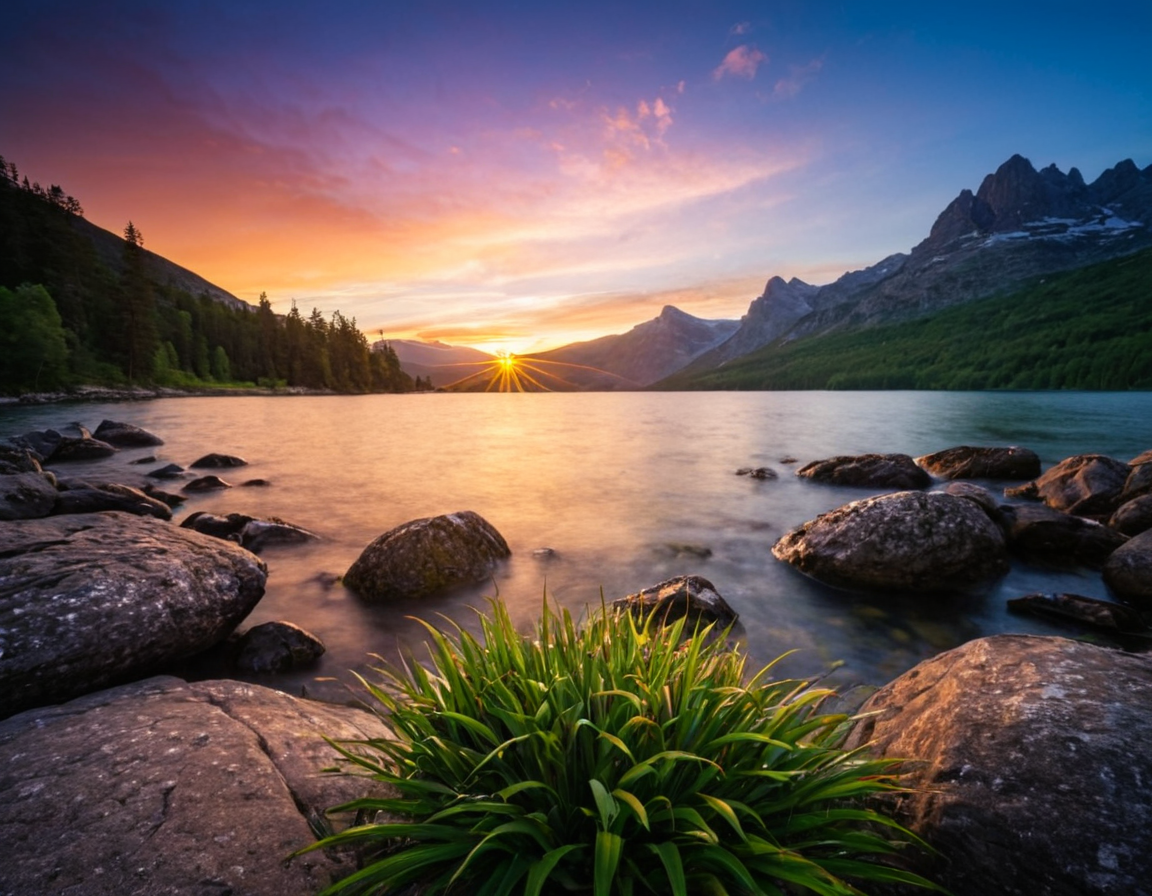Landscape Photography Tips - Composition Mastery

The Art of Composition in Landscape Photography: Expert Tips for Maximizing Visual Impact
Introduction:
Landscape photography is a highly technical and creative field, requiring a deep understanding of composition, lighting, and storytelling. While it’s true that some aspects of landscape photography can be automated or simplified with modern equipment, the true art lies in capturing breathtaking images that evoke emotions and spark imagination.
In this article, we’ll delve into the world of composition in landscape photography, exploring expert tips and techniques for maximizing visual impact. We’ll examine the principles of rule of thirds, leading lines, framing, and more, providing you with a comprehensive guide to take your skills to the next level.
Understanding the Fundamentals of Composition
Composition is the backbone of any successful photograph. It’s about arranging elements in a way that guides the viewer’s eye through the image, creating a sense of depth, balance, and harmony. In landscape photography, this means using natural features to create a cohesive and engaging visual narrative.
- Rule of Thirds: This fundamental principle involves dividing the frame into thirds both horizontally and vertically, creating nine squares. Place your subject along these lines or at their intersections to avoid centering it, which can lead to unbalanced compositions.
- Leading Lines: Look for leading lines that can guide the viewer’s eye through the image, such as roads, paths, shorelines, or any continuous feature that leads the viewer’s attention to the subject. These lines should be leading away from distractions and towards the main point of interest.
- Framing: Use natural frames like archways, doorways, or trees to create depth and context for your subject.
Working with Light
Light is perhaps the most critical element in landscape photography. It can make or break an image, adding warmth, drama, or mood to the scene.
- Golden Hour: This short period shortly after sunrise or before sunset offers the softest, warmest light available. Use this time to capture images with long shadows and a sense of depth.
- Bracketing: Shoot multiple exposures at different settings to capture a range of tonal values. Merge these using HDR software to create images with incredible detail and dynamic range.
Storytelling through Photography
Landscape photography is not just about capturing scenery; it’s about telling a story that resonates with the viewer.
- Context: Consider the location, time of day, and weather conditions when shooting. These elements can add depth and context to your images.
- Emotional Connection: Create an emotional connection with the viewer by using imagery that evokes feelings or spark imagination.
Conclusion:
Composition is a delicate balance of artistic vision and technical skill. By mastering the principles of rule of thirds, leading lines, framing, and working with light, you can create breathtaking landscape images that captivate and inspire. Remember to always keep your subject at the forefront and use storytelling techniques to convey emotion and connection.
What’s your favorite composition technique in landscape photography? Share your experiences and tips in the comments below!
Tags
landscape-photography composition-tips visual-impact rule-of-thirds leading-lines
About Sebastian Taylor
I'm Sebastian Taylor, a photographer and blogger passionate about sharing inspiring stories, expert tutorials, and game-changing tools for creative photographers on lentecreativa.com. With years of experience in capturing stunning images, I help artists elevate their craft and bring their vision to life.
